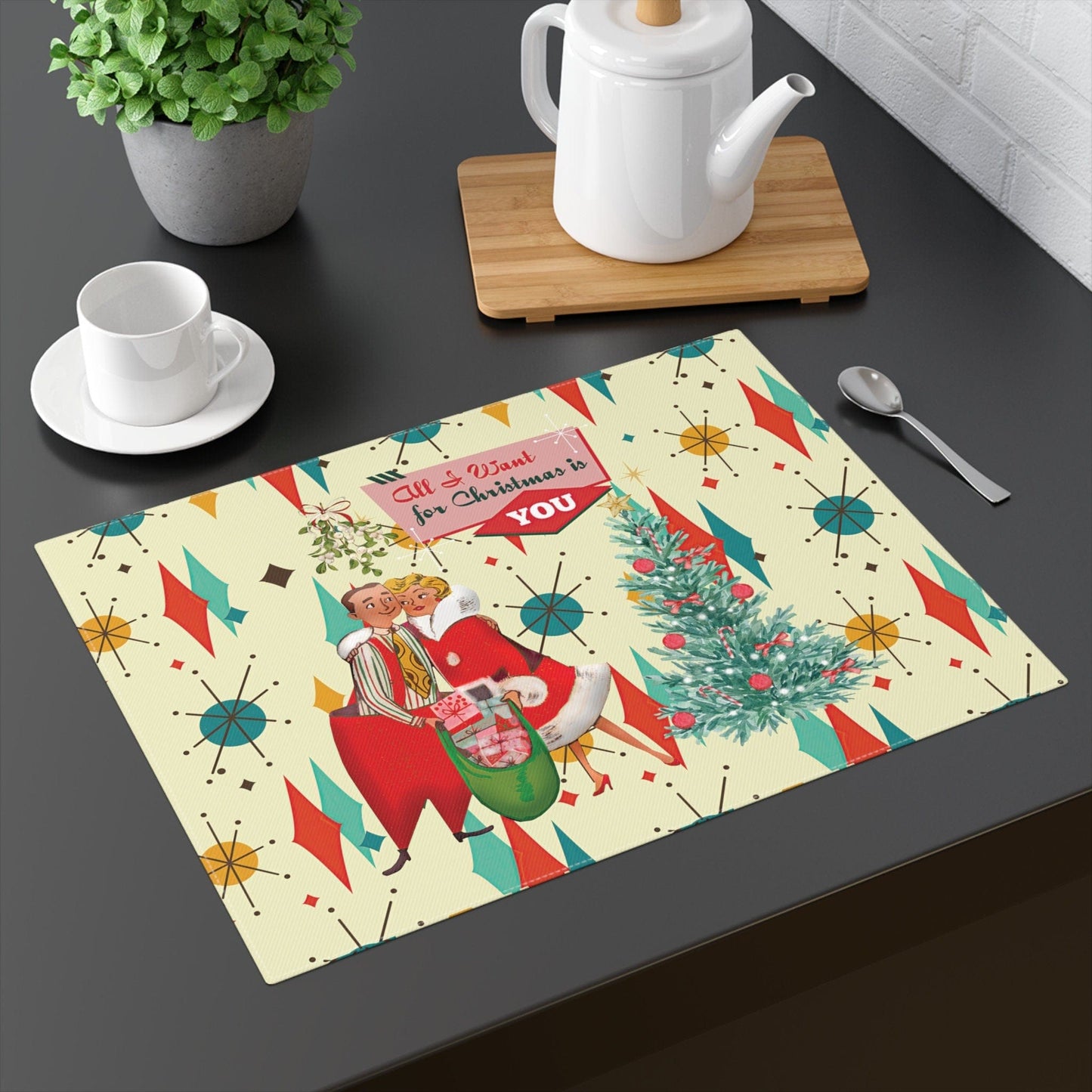Top News Sites Fundamentals Explained
Top News Sites Fundamentals Explained
Blog Article
The Best Guide To Unique Art
Table of ContentsIndicators on Unique Art You Should KnowThe Single Strategy To Use For Unique ArtThe 9-Minute Rule for Unique ArtNot known Factual Statements About Unique Art
While one might question which art form holds precedence, the reality stays that each of these seven types provides a distinct home window right into human background, society, and development. They are the tapestries that chronicle our trip, reminding us of our past while inspiring visions for the future.Terrific art work narrates, makes people look twice, and develops a distinct experience that can't be matched. Art and illustrations connect all of that via color, shape and various other style aspects. Discover exactly how to make your unique artwork attract attention from the group.
3 Emil DervishIn this entranceway by Emil Dervish that beautiful cobalt blue door takes the show. To bring a lot more dramatization, he extended the paint. to the doorframe and the wall surface up, finishing in an arched shape. The curves, in addition to a spherical sconce, soften the edges - Unique Art. Structures classic posters and maps of precious places established the scene.
8 TRIA GIOVANEqual components grand and laidback, this entrance hall created by Anthony Baratta is the ideal blueprint to adhere to if you're embellishing an official entry that still feels unfussy and comfy. Patterned fabrics take spotlight (see the carpets and the sofa), however they likewise aid bring the high ceilings down to a human range when hung over wallpaper.
The Definitive Guide to Unique Art
18 Heidi Caillier DesignA gallery wall surface does not need to occupy the entire room. Sometimes a small one can make a bigger style declaration. In this living-room, Hiedi Caillier opted for micro-mini frameworks and a random structure. Advertisement - Continue Reading Below19 Stephen Kent JohnsonDesigner Juan Carretero decided for a deep green paint shade to contrast with the light timber coatings.
The components of this languageits forms, lines, colours, tones, and texturesare used in different ways to generate sensations of quantity, space, motion, and light on a level surface. These elements are incorporated right into meaningful patterns in order to represent actual or supernatural sensations, to translate a narrative style, or to develop completely abstract aesthetic partnerships.
Later the concept of the "fine artist" established in Asia and Renaissance Europe. Throughout the 19th century painters in Western societies began to shed their social setting and protected patronage.
Excitement About Unique Art
Others made a revenue via touring exhibitions of their work. The requirement to appeal to a market had replaced the similar (if less impersonal) needs of patronage, and its impact on the art itself was probably comparable. Normally, artists in the 20th century could get to a target market just via commercial galleries and public museums, although their work might have been periodically duplicated in art regulars
It is the feeling of inevitability in this official organization that provides a great paint its self-sufficiency and visibility. The colours and placement of the major pictures in a layout may be sometimes greatly made a decision by representational and symbolic considerations. It is the formal interaction of colours and forms that alone is qualified of connecting a particular state of mind, creating optical experiences of room, quantity, activity, and light and producing pressures of both consistency and tension, even when a paint's narrative meaning is odd.
Don't click here for more duplicate the design of various other artists if you're looking for your design. Duplicating various other individuals's artwork can be terrific in academic purposes but it will not make you closer to finding your very own one-of-a-kind style. Your artistic style has to be, what you like and what motivates you.

Little Known Questions About Unique Art.
You need to attempt lots of various alternatives and explore whatever prior to you can concentrate on one certain design or you'll be burnt out, or even worse, you'll dislike your own design. So I recommend you to try every single subject that you want, explore as high as you can. Try different tools that excite you and brand-new techniques you've never attempted prior to.
With time you'll be able to arrange all of them into your favorite and least preferred categories. Attempt to focus your attention on the topics and mediums that you like and before you see it coming you'll have your very own personal and distinct style, like nobody else have! So pop over to this web-site in the end you'll have a couple of favorite topics to paint and perhaps a few preferred tools.

Report this page